Kvitlech cards
An Attempt to Revive a Central European Historical Game.
The traditional Central European card game Kvitlech (also spelled Kwitlech, Kvitlekh, Kvitlakh, Kvitlach, Quitli, and Quitlok) originated in Jewish communities in Galicia (Halič), a poor north-eastern region of the Austro-Hungarian Empire, around the year 1800. From there it spread through Jewish communities across Central Europe and eventually to the United States. In Europe, the game more or less disappeared with the onset of the Second World War.
The cards were originally handmade using simple slips of paper marked with numbers. As the game became more widespread it began to appear in the catalogues of larger playing card manufacturers. The deck is commonly associated with the company Piatnik, though it was also produced by other manufacturers.
The game uses a deck of 24 cards featuring the numbers 1 to 12, each appearing twice. Cards numbered 2 and 11 are graphically highlighted due to their special functions during play. The number of cards in historical decks may vary. The cards are used for a specific variant of Blackjack/Twenty-One. They can, of course, also be used to play games such as Pairs (Memory) or War.
The deck published by Counter Clockwise presents a modernised version of the original minimalist design. It uses a sans-serif numeral font, with values 2 and 11 highlighted by a simple circle. The reverse side of the cards features the Tausend Raben (English: A Thousand Ravens) pattern by Koloman Moser, dating from the early 20th century, which forms an interesting contrast to the face side of the cards. • See the box
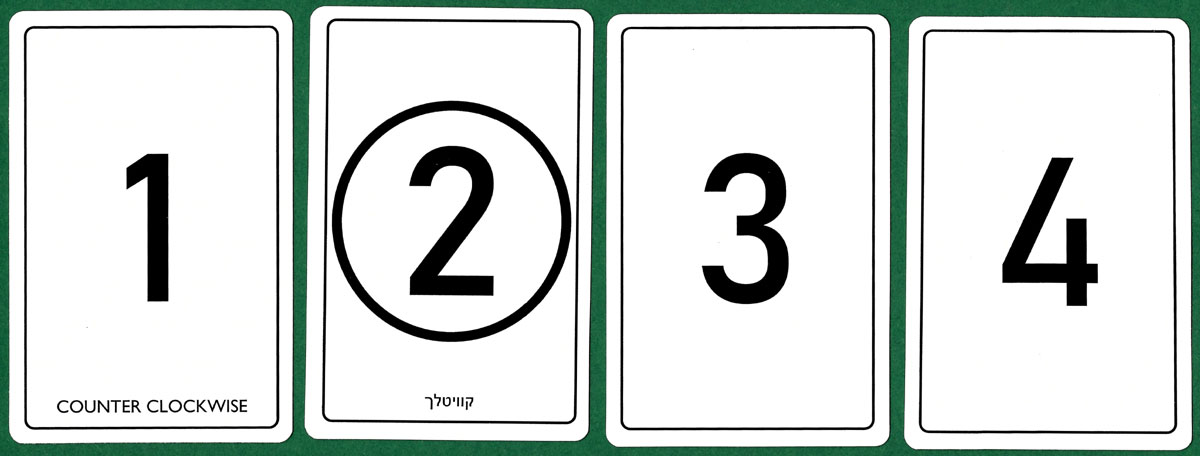
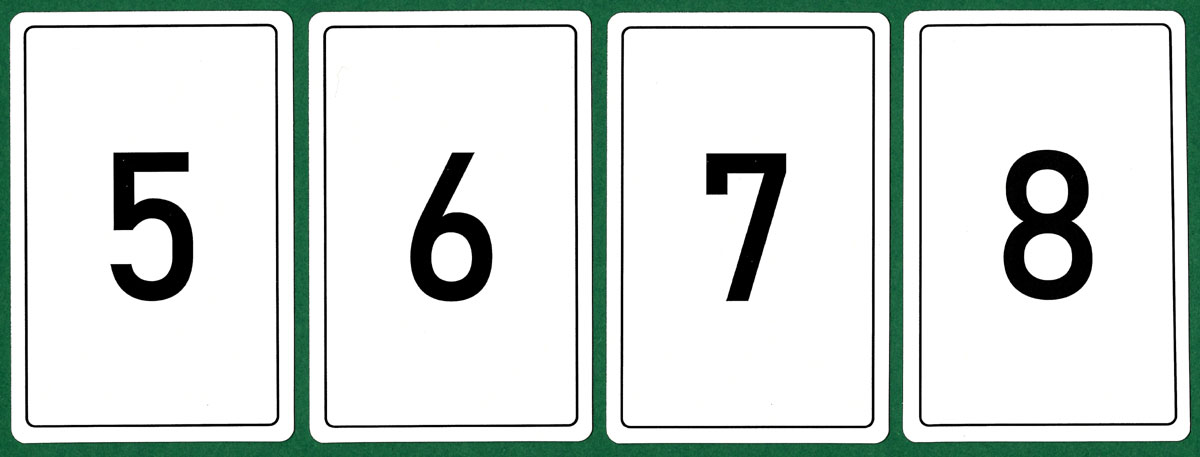
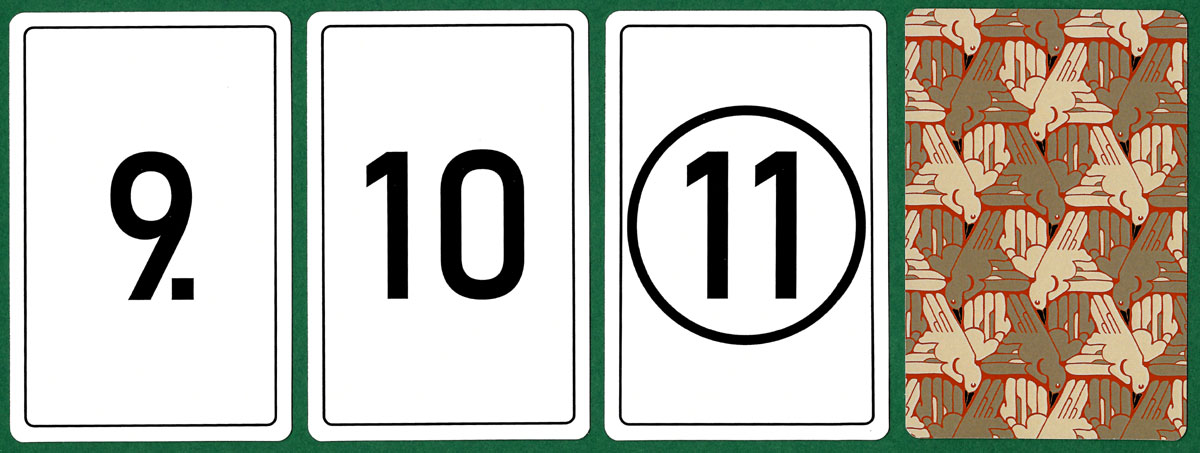
Above: Kvitlech cards published by Counter Clockwise, Czech Republic, 2024. 24 cards in box.
References
Wikipedia : Kvitlech►
Pagat.com : Quitlok►
By Marek Brejcha
Czech Republic • Member since June 13, 2024 • Contact
My relationship with cards grew from playing to collecting and transformed into publishing as well. I am part of the team at Counter Clockwise, a small company that publishes traditional card games.

Related Articles
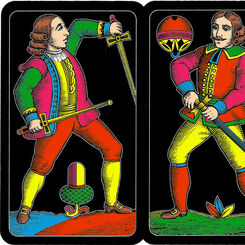
Antracit Prager Single-headed
A simple modern adaptation of a historical pattern.
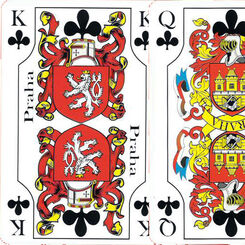
Prague Heraldic Poker Cards
Heraldic souvenir playing cards infused with Czech national and historical symbolism.
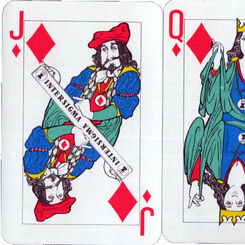
Intersigma
A Czech advertising deck for a company dealing with pump technology.
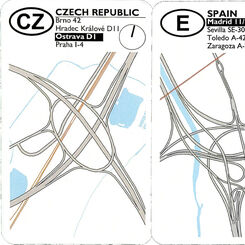
The European Interchanges Quartets
A card game based around motorway intersections from European countries.
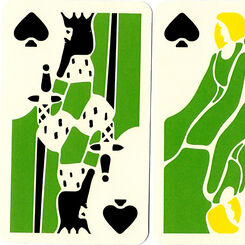
Playing card designs by Franz Exler
Reconstruction of playing cards from the original 1903 designs.
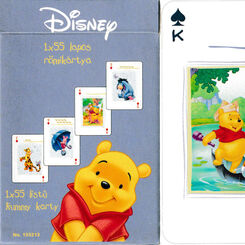
Winnie the Pooh Rummy
Disney’s Winnie the Pooh and friends on a pack made for Eastern Europe.
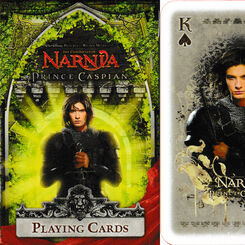
The Chronicles of Narnia: Prince Caspian
Characters and scenes from the Disney film of the same name, on a pack made for Eastern Europe.

Motoveteráni
‘Motoveteráni’ playing cards featuring the photographs of Robert Sobčák, Czech Republic,
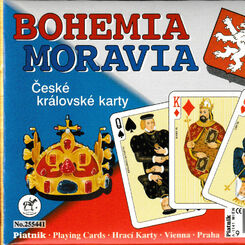
Bohemia Moravia
Historical figures from Bohemia and Moravia in Piatnik’s traditional style.
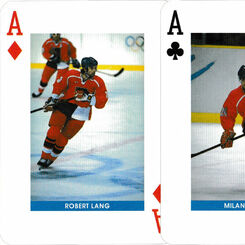
Golden Boys
Players from the 1998 Czech Olympic ice hockey team with photography by Jiří Koliš.
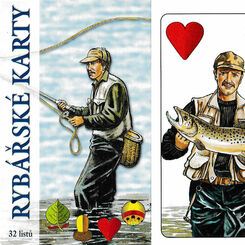
Rybářské karty
Fishing-themed playing cards with artwork by Jan Hora, Czech Republic, 2005.
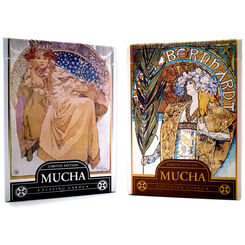
Mucha Playing Cards
Mucha Playing Cards, a deck of playing cards that pays tribute to the artwork of Alphonse Mucha.
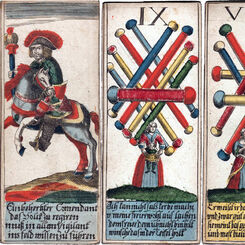
Trappola cards from Prague
15 Trappola playing cards possibly made by Johann Ziser of Prague, c1760.
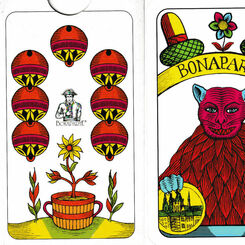
Bohemian pattern by Bonaparte
Standard Bohemian pattern designs by Bonaparte, Plzeň, Czech Republic, c.2000.
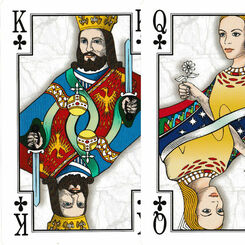
Bonaparte Bridge
Colourful international designs produced by Bonaparte, Plzeň, Czech Republic, c.2000.
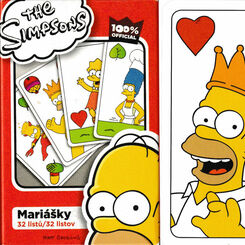
The Simpsons™ (Czech version)
Non-standard Bohemian cards featuring The Simpsons made for EFKO, Czech Republic, 2014.
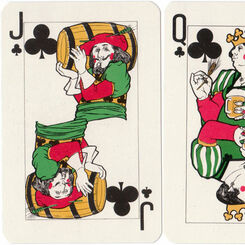
Pilsner Urquell
Pilsner Urquell publicity deck from Czech Republic featuring beer drinkers.
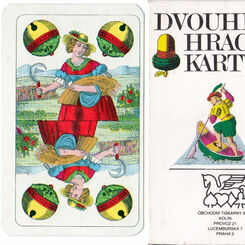
Dvouhlavé Hrací Karty
“Dvouhlavé Hrací Karty” (Czech Seasons playing cards) made by Obchodní Tiskárny, c.1980.
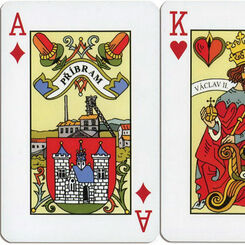
Miner’s Cards for Rutek Alliance
German-suited deck for the Czech company Rutek Alliance, 2012.
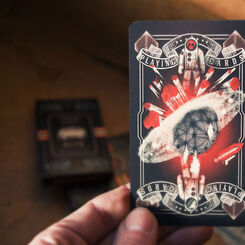
Incredible Men Playing Cards
Incredible men and their amazing stories playing cards made by Tomski&Polanski
Most Popular
Our top articles from the past 60 days






















